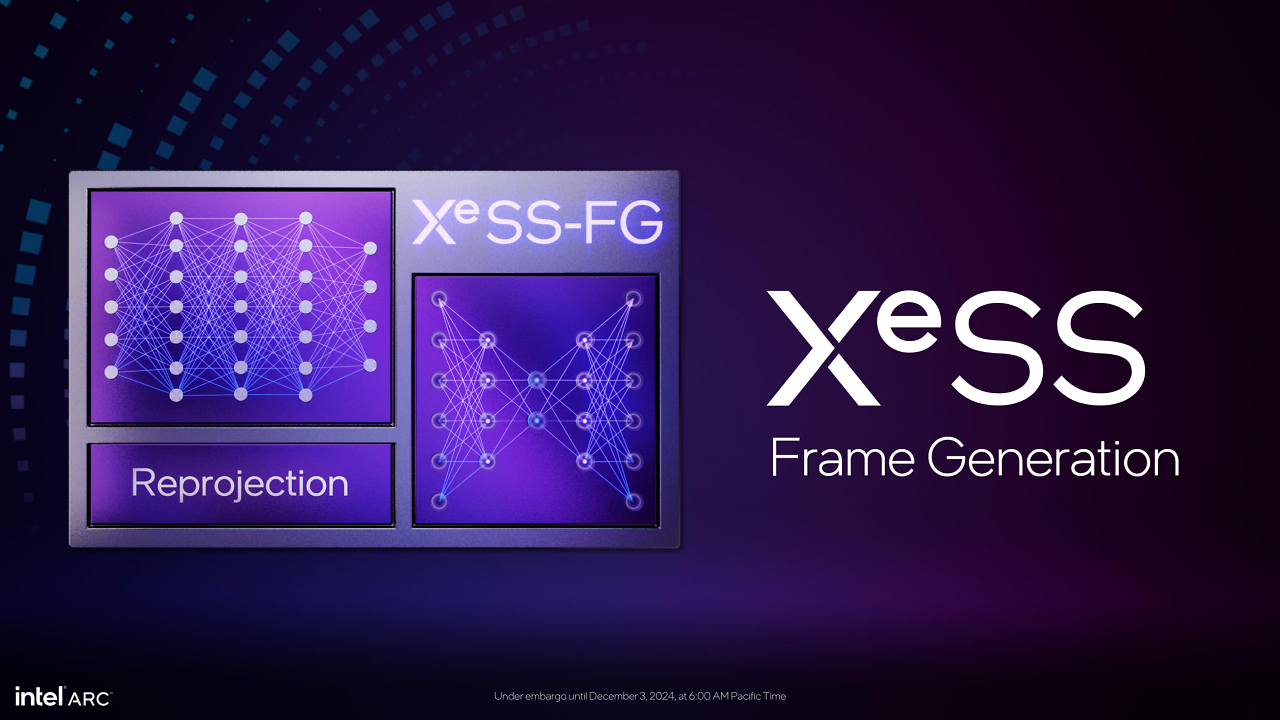Intel XeSS Frame Generation and Low Latency DLLs Revealed
Gaming technology continues to evolve at a rapid pace, and Intel is at the forefront of this revolution. The latest leak about Intel XeSS Frame Generation and low latency DLLs is causing waves within the gaming and developer communities. If you’re curious about how these advancements are set to change the landscape of PC gaming, this article will unpack everything you need to know.
Don’t miss the latest updates on tech innovations—check out more on Zex News.
- What is Intel XeSS?
- What Does XeSS Frame Generation Offer?
- Understanding XeSS Low Latency DLLs
- How These Advancements Impact Gamers
- The Future of Gaming with Intel XeSS
What is Intel XeSS?
Intel XeSS, or Xe Super Sampling, is the tech giant’s AI-driven upscaling technology designed to enhance gaming visuals and performance. Much like Nvidia’s DLSS and AMD’s FSR, XeSS enables gamers to enjoy higher resolutions and smoother framerates without overloading their hardware. By using advanced machine learning, XeSS improves image quality and maintains high performance, even in demanding games. The latest leaks on the Intel Xe family reveal that the technology has taken a significant leap forward with Frame Generation and Low Latency DLLs.
What Does XeSS Frame Generation Offer?
Frame Generation, a key component of the latest leak, is a method to intelligently inject artificial frames between real ones rendered by a PC’s GPU. This allows for smoother gaming experiences and higher framerates without requiring hefty additional workload on your hardware. Frame Generation is particularly beneficial in graphically intense games where traditional methods might lead to performance bottlenecks.
Frame Generation works by using AI-trained neural networks to predict motion and render intermediary frames. It’s a method that Nvidia has previously introduced with DLSS 3, and Intel’s XeSS Frame Generation shows signs of being a competitive alternative. Given Intel’s push into GPU technology with its Arc series, this addition could help position Intel as a strong contender in the gaming market.
Understanding XeSS Low Latency DLLs
With the leaked details revealing Low Latency DLLs as part of Intel’s enhanced XeSS suite, gamers could be in for a treat—especially esports enthusiasts who depend heavily on minimal input lag. But what exactly are these DLLs?
In technical terms, DLL files (Dynamic Link Libraries) are modular components used by Windows systems to execute specific functionalities within software. XeSS Low Latency DLLs are specially designed to work in tandem with XeSS Frame Generation to reduce input-to-output lag. This ensures a seamless and near-instantaneous response between a gamer’s controls and the action on screen. It specifically appears to cater to fast-paced games like first-person shooters (FPS) and racing titles, where precision timing is everything.
This revelation is especially significant when considering Intel’s competition with Nvidia Reflex—a technology aimed at achieving similar results in latency optimization. While it’s still early days, these DLLs could solidify Intel’s place as a viable alternative in gaming software innovation.
How These Advancements Impact Gamers
The combination of Frame Generation and low latency technologies promises major advantages for gamers. Here’s how:
- Enhanced Gameplay Smoothness: Frame Generation allows users to experience more fluid visuals even in hardware-taxing games.
- Higher Resolutions, Same Hardware: Thanks to AI-driven upscaling, players don’t need to compromise on graphics quality.
- Improved Input Responsiveness: Low Latency DLLs will allow faster reactions in competitive gaming scenarios, giving players an edge.
- Efficiency for Streamers: Streamers can game at higher settings without losing performance, offering smoother streams for their audiences.
These technology improvements could make Intel’s solutions highly appealing for gamers across budget ranges.
The Future of Gaming with Intel XeSS
The leaks about Intel XeSS Frame Generation and Low Latency DLLs show how Intel plans to shake up a market long dominated by Nvidia and AMD. As Intel continues to invest in its Arc graphics lineup, these software advancements indicate a strong commitment to competing on all fronts: performance, visual quality, and accessibility.
One of the major benefits of AI-driven technologies like Intel XeSS is scalability. Since XeSS is designed to work across a broad range of Intel GPUs and even non-Intel hardware, it has the potential to set a new standard in compatibility and performance optimization. For gamers, this means more options without being locked into any one ecosystem—a shift that could democratize access to higher-quality gaming experiences.
With more details likely to emerge soon, the gaming world eagerly awaits Intel’s official announcements. If these technologies live up to their promise, we might witness a seismic shift in how PC games are rendered and played.
Intel XeSS Frame Generation and Low Latency DLLs mark another milestone in gaming innovation. By combining cutting-edge AI techniques with a strong focus on gamer needs, Intel continues to challenge the status quo in the GPU market. Whether you’re a casual gamer or a hardcore enthusiast, these advancements could redefine what’s possible with gaming hardware and software in the near future.
Stay tuned to Zex News for more updates on Intel technologies and the latest in gaming breakthroughs!
“`





